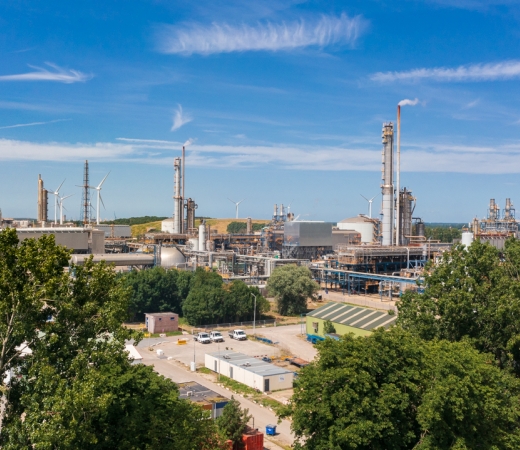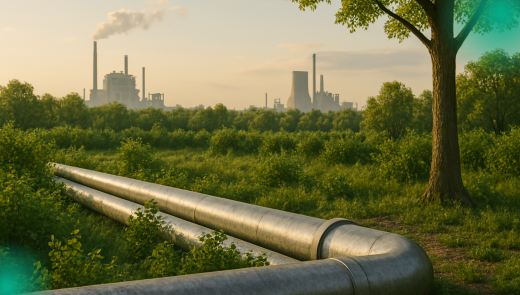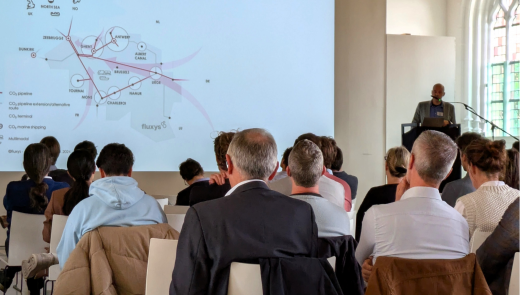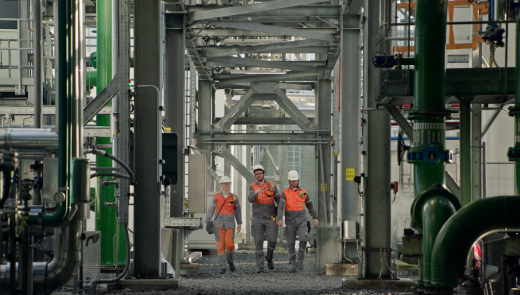Yara Sluiskil provides insight into sustainability plans with Climate Roadmap 2030

Yara Sluiskil has been located in the Zeeland-Flemish Canal Zone since 1929. In the past century, the company made a switch to alternative raw materials several times, whereby making connections, both physical and organizational, is always the common thread. The processes as well as the products and their applications have evolved over the years. Once again, Yara Sluiskil, as the largest hydrogen producer in the Netherlands and the largest production site of the group, sees opportunities to be an enabler for a sustainable hydrogen economy.
Since 1990, the company has been able to reduce its greenhouse gas emissions in Sluiskil by 65% and Yara Sluiskil has the ambition to achieve a reduction of 85-90% by 2030. Yara Sluiskil cannot do this alone, but is only possible through collaboration with the colorful range of stakeholders, broad support and a license to operate from the environment.
The fact that Yara Sluiskil is a frontrunner in innovations that should accelerate the transition to a better climate is apparent from the WarmCO2 project, which has provided 125 hectares of greenhouse horticulture in Zeeuws Vlaanderen with residual heat and residual CO2 since 2009. The project was initiated in 1999 and the investment in infrastructure amounted to approximately 85 million euros. Yara is currently still a 20% shareholder in the unique project. Also the project with Gasunie and Dow, in which Yara became the very first customer of external hydrogen in the Netherlands via a converted natural gas pipeline, is an example that Yara wants to be a frontrunner and does not shy away from challenges.
Straightforward working via 3 tracks, to quickly achieve goals
The Yara Sluiskil Climate Roadmap 2030 is simple and straight forward at its core. It concerns three tracks, namely:
1) adapting existing installations;
2) storage of already captured CO2 (CCS) that is now released into the atmosphere in pure form after capture;
3) the development and upscaling of green hydrogen and alternative sources of CO2 as a raw material.
The great thing about Yara Sluiskil's Roadmap is that the required CO2 reduction will be achieved within the foreseeable future, so that the European and National targets for scope 1 emissions can be amply achieved before 2030, while at the same time working on complete greening by means of hydrogen and further reductions in the chain. You can read more information via the website of Yara Sluiskil.


